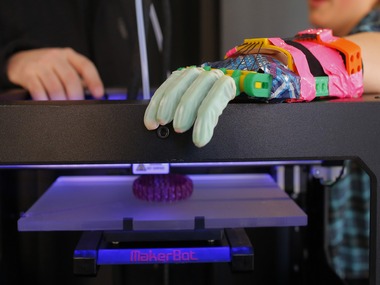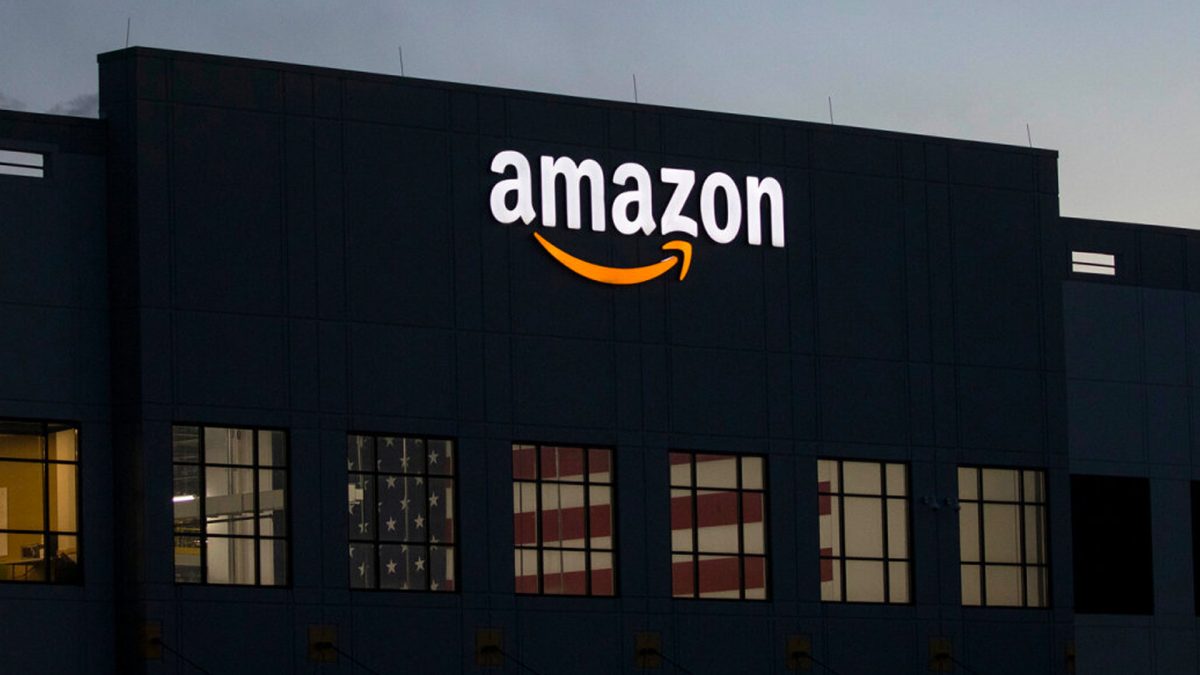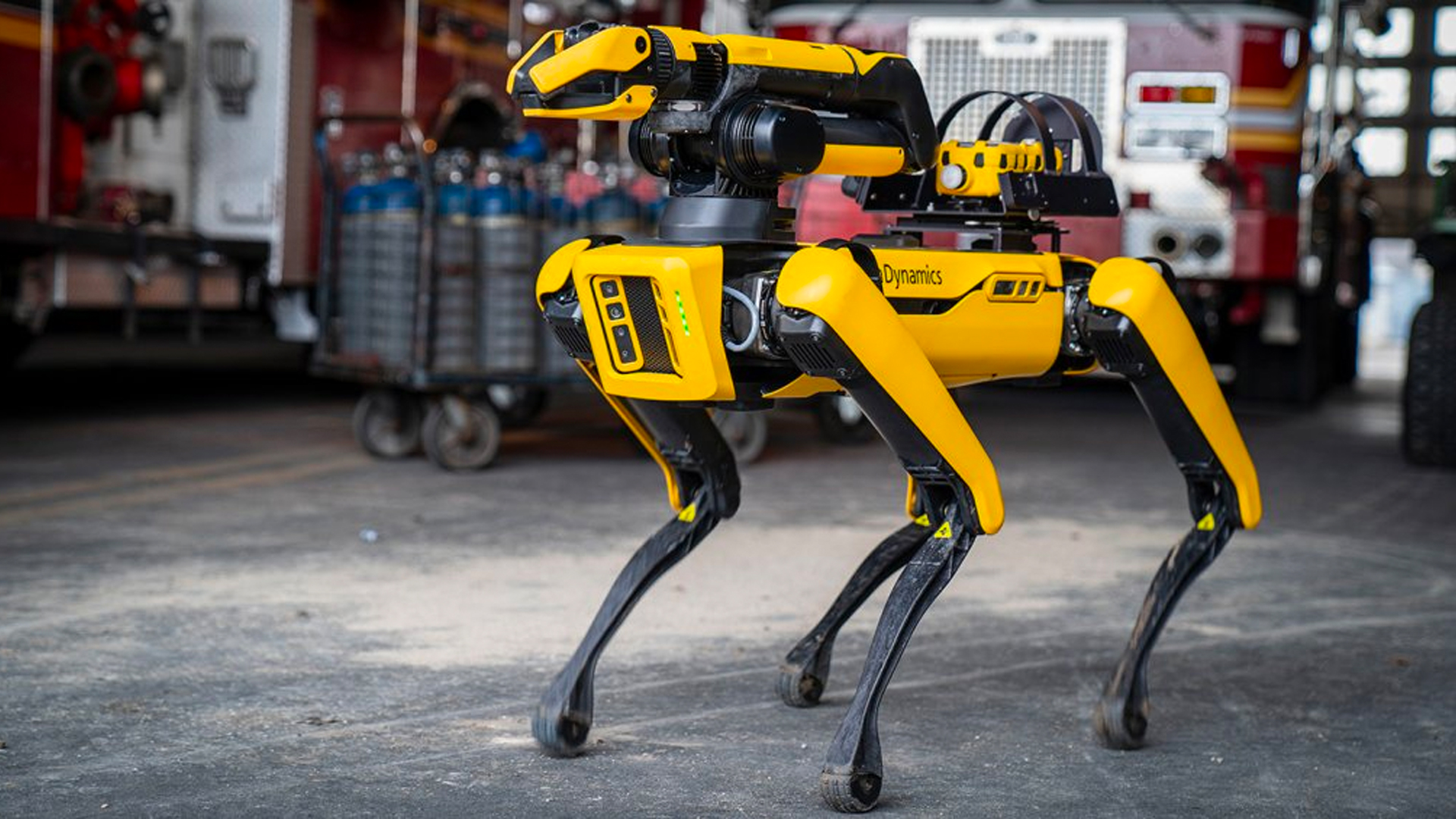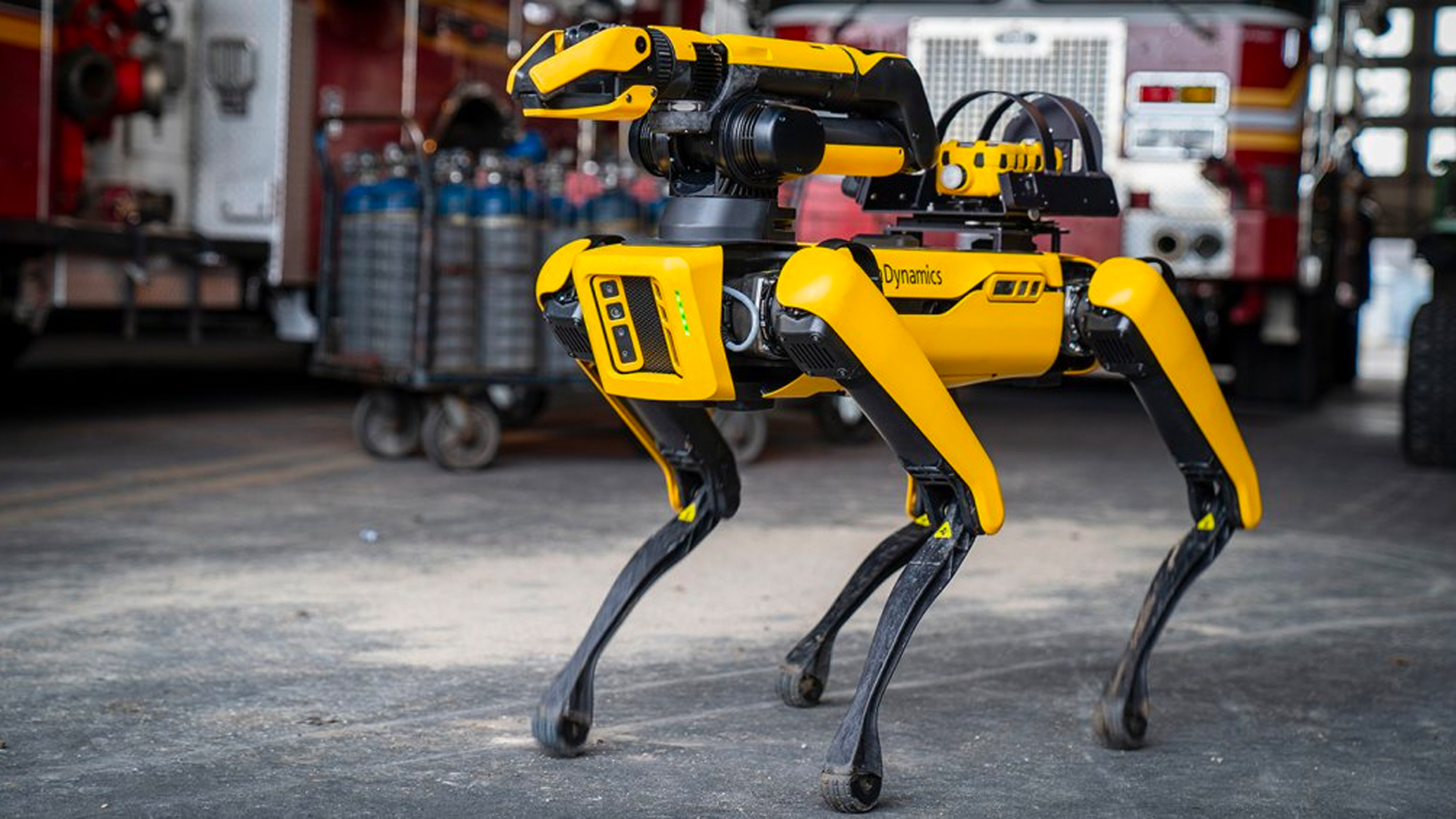By Pradeep Nair
2014 was an eventful year in the design technology space with interesting developments undertaken by innovators across the industry. Technology in general is evolving so rapidly, that companies of all sizes may find it difficult to keep pace. Cloud and mobile is driving everything, and it would not surprise if in 10 years most professionals are mobile only.
Competitive advantage is a big parameter for every brand and sector across the country and even globally. Technology developments such as 3D printing coupled with crowd funding are giving small manufacturers a platform to actually compete in the global market. Cloud-based tools and services are giving small designers and architecture firms the ability to collaborate with global teams and take on large-scale projects. Last year, we saw tremendous market opportunities as more industries explored the potential of design technology, especially in sustainable development, creative multimedia and the manufacturing industry. 2015 has already shown signs of being another productive year as engineers and manufacturers alike continuously strive to solve global challenges like never before to make the world a better place to live in.
Growing importance of infinite computing - a technological, social and cultural revolution: In most parts of the world, computing is the least expensive resource we use to solve a problem. Exponential increase in computer processing, bandwidth, storage, affordability, and ubiquity allows us now to deploy hundreds, even thousands, of computers to help solve the growing number of challenges faced as designers, engineers and artists. We are using the cloud to perform millions of iterations and analyze thousands of options in parallel, helping us create the best possible designs. Mobile, cloud and social computing technologies are driving a fundamental shift in computing, making it accessible anytime and anywhere with a virtually infinite amount of computing power. An emerging market like India will definitely see increased spending on cloud computing technology with the upsurge use of smart connected devices.
3D printing to usher in the Next Industrial Revolution: Individuals, entrepreneurs, inventors and makers are able to manufacture objects on their own, thus setting up their own custom factories. “Democratization of Design” is changing the world of manufacturing and has started impacting the building industry as well. Manufacturers are able to create unique products that previously would have been the domain of individual artisans. We anticipate increased use of 3D printing among local manufacturers and SMBs, as nearly anyone with an idea can now transform concepts into reality overnight and scale globally. As 3D printing continues to grow and become a part of the mainstream, the gap between individual artisans, hobbyists, and entrepreneurs on one side, and large manufacturers on the other side, will continue to diminish. As individuals with bright ideas gain the power of manufacturing and as large manufacturers gain the ability to create more individualistic products, consumers can look forward to the ultimate result of better product choices in the marketplace.
Decreasing the distance between manufacturers, consumers with ‘new shoring’ : As we see the increased cost and environmental impact of shipping goods overseas, a decreasing wage disparity, and cheaper domestic energy, more businesses will consider bringing their manufacturing closer to the consumer. This re-emphasizing of local manufacturing is also referred to as the “new shoring” trend. With the increasing convergence in mobility and innovation of technology, we believe that we have an exciting future ahead of us in the field of design technology.
Humans and robots working together: Today robots are being fed big data, analytics and machine learning. Robotics will evolve into collaborative robotics, with humans playing a proactive role and working alongside robots. For example, Bloomberg reported that Toyota is becoming more efficient by replacing some robots with craftspeople: “Humans are taking the place of machines in plants across Japan so workers can develop new skills and figure out ways to improve production lines and the car-building process.”
Living buildings and bespoke materials: New materials and building typologies are being made possible through computer-aided design. In the future, most buildings and products will be made of bespoke materials, requiring today’s global standards like ISO to evolve. For example, David Benjamin, founding principal of the design and research studio The Living , is collaborating with plant biologists at the University of Cambridge in England to grow new composite materials from bacteria. The Living is also harnessing live mussels to detect water quality in the East River and relay environmental conditions to the public. In 2014, The Living delivered Hy-Fi, Benjamin’s winning installation for the Museum of Modern Art’s (MoMA’s) Young Architects Program competition, to build a project in its PS1 courtyard in Queens, N.Y. The temporary installation involved a 40-foot-tall tower with 10,000 bricks made entirely of compostable materials—corn stalks and mushrooms—developed in collaboration with innovative materials company Ecovative.
Biotech is the next info tech: Biotech is the use of living systems and organisms to develop products. It’s one of the fastest-growing sectors of the global economy. The pharma industry is suffering because product development takes longer and has rising costs. Synthetic biology based on digital design tools could help by making biotechnology more accessible to more innovators. There are implications for engineering new medications, materials and food faster. There is an emerging community of young, entrepreneurial biological designers who are making incredible breakthroughs, including: RevBio ’s color-changing flowers “Petunia Circadia”, Muufri ’s animal-free milk derived from cow proteins, and Hyasynth exploring the use of cannabinoids to treat multiple sclerosis, epilepsy, Alzheimer’s and other diseases.
(The author is managing director of Autodesk India and SAARC.)


)




)
)
)
)
)
)
)
)